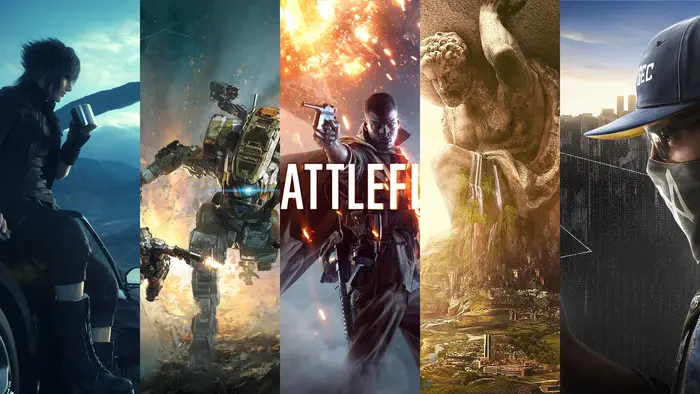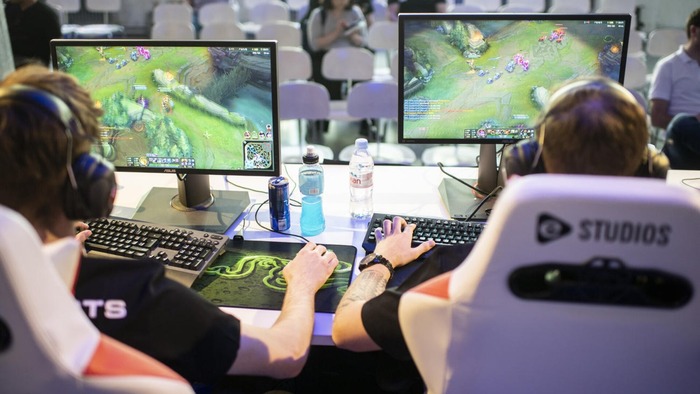Tips on Game Localization: How to Produce Credible Video Game Content

Over the past few years, video games have become so popular that game manufacturers now feel the need to tailor the gaming experience to a specific audience. According to the latest statistics, our world is home to over 3 billion active video game players. The number continues to increase and is bound to shoot up to almost 3.3 billion by the end of 2024.
Students discover they can have quality time playing their favorite video games instead of searching for essay writing help and posts that start with “is paperial legit reddit?” As the number of players grows, taking games across borders and infusing them with regional culture becomes crucial.
So, what is game localization for video content? It is the most foolproof way to appeal to your audience and make them excited about the newest game release. Localizing your game means transforming your top titles so that the players feel like the game was made with them in mind. Localization usually involves the work of a designer, developer, translator, and an in-house localization expert adapting the game content to international audiences.
Let’s imagine a scenario where you are excited about a new release that has just been announced on YouTube. You have already watched the trailers and read the reviews. As you download the game, you are full of anticipation, but then you discover that your favorite title is in a language you don’t understand. Pretty frustrating, isn’t it?
Game localization optimizes video game content to make it appropriate for every part of the world, including the game’s menu, dialogue, instructions for player interactions, and subtitles. The process allows the game to maintain its tone and style without losing its authenticity. So, how can you conduct game localization and retain all the intricate elements of your original release? Here is a roadmap on how to adapt the game’s essence to international players in a few easy steps:
- Make sure the game is historically accurate and consider the cultural norms. One might argue that global audiences speak the universal language of gaming, which is reason enough for the game to be accepted worldwide. However, you have to consider that gamers across continents speak different languages, follow different belief systems, and have different historical figures that they look up to. Using colloquialisms, setting the correct date and time format, and reflecting accurate historical dates will help adapt the game content to a broader audience.
There are also cultural norms that need to be taken into account. Video games revolving around Norse gods such as Odin, Thor, Loki, and Freya are extremely popular in Western Europe. However, they are not well-suited for the Asian market as Chinese or Japanese players wouldn’t care for the European mythological traditions. You should also provide a decent voice-over for all your games as you choose the proper accent, dialect, and jargon to appeal to a particular group.
Historical inaccuracy can also attract unwanted criticism to your latest release, which happened to Assassin’s Creed: Unity. The game used the names of French revolutionaries in a negative light, which caused strong reactions from the nation’s players. To make sure your game is not taken off the shelves, take time with your research and present the players with the most accurate version of the game for a particular region.
- Find professional translators who also happen to be gamers. The pressure to find a translator who knows the niche video games may seem ridiculous at first sight, especially for beginner localizers. When looking for translation services, isn’t it enough to read other people’s opinions on the type of content that they produce, just like students do with a Paperial review? It turns out that translators who have never played video games before may never know the background details of specific titles. They can get lost in the world of character dialogues and in-game announcements.
You need to give your team of translators a precise gaming context to help them find words and phrases that work well across different languages and continents. To create a translation that is nothing short of perfection, you should also provide them with time to play through the game. The process may become too costly and time-consuming, but it is infinitely better than realizing your subtitles are all over the place in post-production.
Generally, you would expect people creating subtitles for a movie to know the actual film. The same goes for a professional translator who needs to provide dialogues and in-game interactions that sound natural and don’t become the subject of an international scandal due to incorrect translation.

- Make sure you know the local laws and regulations before you start localizing. The biggest letdown for any localizer is finding out that your game is potentially a recipe for disaster as it violates local policies. Before you start localizing your video content, make sure you know the age ratings in a particular region. While some countries may accept that teenagers are playing 21-rated video games intended for adults, there were instances when the game had to be removed from the shelf because of these restrictions. For example, you might not want Wagner’s music as your soundtrack for an Israeli video game or a swastika as one of the game symbols when adapting the title for a German audience. Double-check the rating system across continents and make sure your video games avoid sensitive topics or themes that may cause controversy among the players.
- Provide context for your video games and test localization before an official game release. We have already established that providing a 100% word-for-word translation for your favorite titles is impossible. If your audience has no clue about the game’s setting, you need to give them a backstory so they can connect with the main characters, what they need to do to achieve their goals, and how they look. This ties into the idea that you need a visual storyboard for your localization experts and at least a few written overviews of the game to ensure everyone understands the background of the story.
You also need to conduct tests on a localized version to see if the translation is seamless and whether major issues like overflowing subtitles or inaccurate NPC character instructions pop up consistently. Minor translation errors or clunky character dialogue are challenges that you may be tempted to overlook.
However, the local audience will spot them immediately and report the unsatisfactory experience to the game designers. Moreover, even the tiniest issue may lead to a disagreement or a negative opinion on the gamer’s forum, so it’s better to conduct your localization correctly and follow the necessary instructions for a perfect gaming experience.






